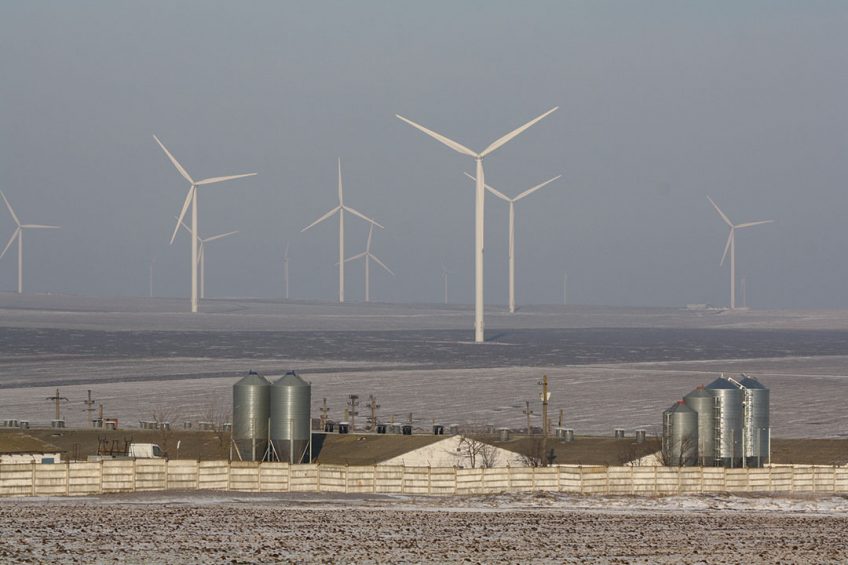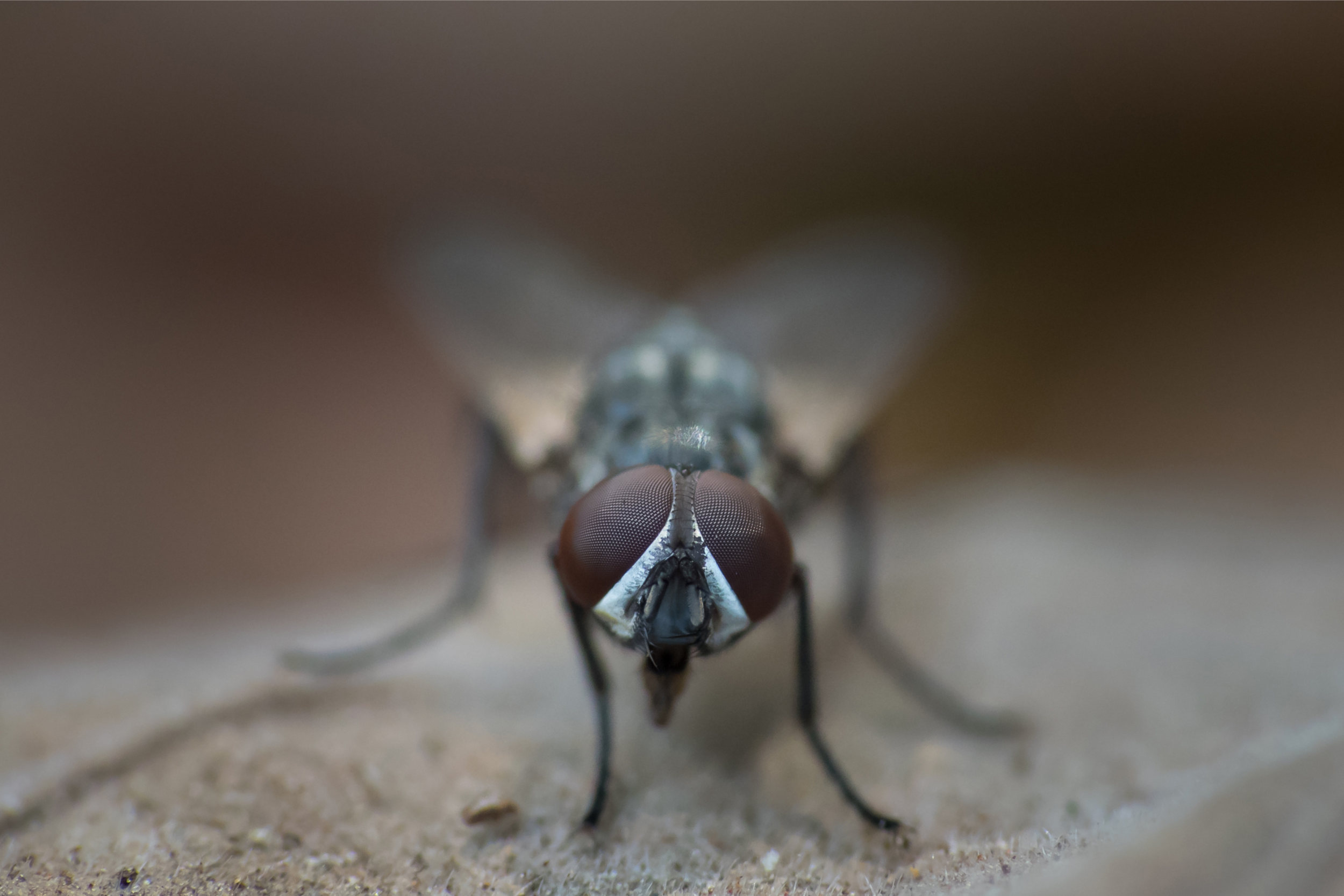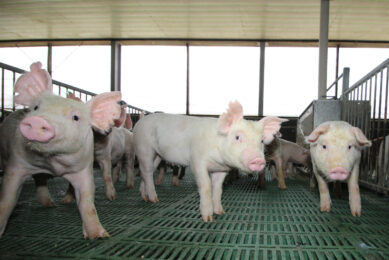Pig farms and the winds of change

Although Covid-19 has not affected pigs directly, the effects of the human virus are having a profound effect on the swine business everywhere in the world. Now the question is how to respond to these developments and bend them to your advantage. Swine nutrition technology expert Casey Bradley has a few ideas.
Over the last 6 months my life and career have changed faster than I ever could have imagined and not by choice. It leaves you with the feeling of what is next and how do I adapt to become stronger and more resilient. I imagine that most of you may have some similar emotions or thoughts, but it is true for the American farmer. Livelihoods and family operations are being destroyed because of record low grain, milk, egg, pork, and beef prices. All while the American consumer is starting to realise that their budgets are being strained from higher than normal food prices in the grocery store.
“When the winds of change blow, some people build walls and others build windmills.”
Ancient Chinese proverb
What are some modern-day windmills for the swine industry in the nutritional sector that will improve the sustainability of production?
 Feed mill biosecurity
Feed mill biosecurity
Recently at the virtual National ASAS there was a special Nonruminant Nutrition Symposium on feed mill biosecurity. Due to threats of foreign animal diseases and basic research indicating that circulating disease outbreaks can be linked back to truck traffic has created the perfect opportunity for swine producers to implement further biosecurity measures.
Some of these measures include holding times for incoming ingredients from at risk regions, changing of truck and human traffic at feed mills, and further traceability of all incoming ingredients or feed on farms. Also, it is important to note that the feed additive research has accelerated into different combinations too that mitigate not only the traditional mould and salmonella, but now ASF and PRRS. But the icing on the cake is that many of these ingredients also improve performance.
 Synergistic combinations
Synergistic combinations
Research from both the academic and industry perspective is finding that combination of specific feed additives and/ or ingredients have the potential to create nutritional strategies for producers, while giving us alternatives to the traditional solutions.
These strategies are stemming from acids, essential oils or phytogenic, to fibre source and type. But long-term success is going to be based on consistency of response and sustainable costs.
 Enhanced bio-informatics
Enhanced bio-informatics
There is no doubt that we are now collecting loads of data, from the receiving pits to the slaughterhouse. There are affordable NIR solutions available to monitor and formulate based on incoming ingredients, to maximise efficiency in your system.
 The who’s who in the feed industry talk to All About Feed…
The who’s who in the feed industry talk to All About Feed…
click here for more interviews
There are controller and feeding systems inside the barn that can give you up-to-date information remotely, to make changes to both management and nutrition. There is also a huge push for quick tests and on farm diagnostics that we never thought was possible 10 years ago. This wealth of data at our fingertips gives us nutritionists and mathematical geniuses tools to build models and adjust in real time versus the 6-month close-out delay. But a risk could be that we chase several approaches down rabbit holes without much movement in the key economic drivers, but no risk no reward.
Creating a sustainable nutritional strategy
In closing, evaluate what has changed in your system or better yet what windmill of change do you need to build to create a sustainable nutritional strategy for your operation.











